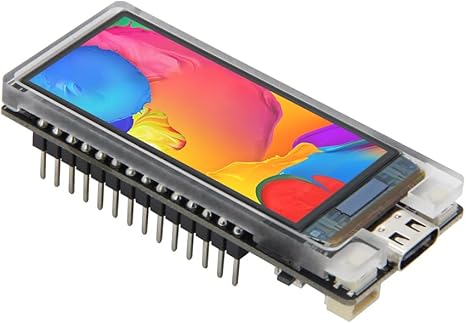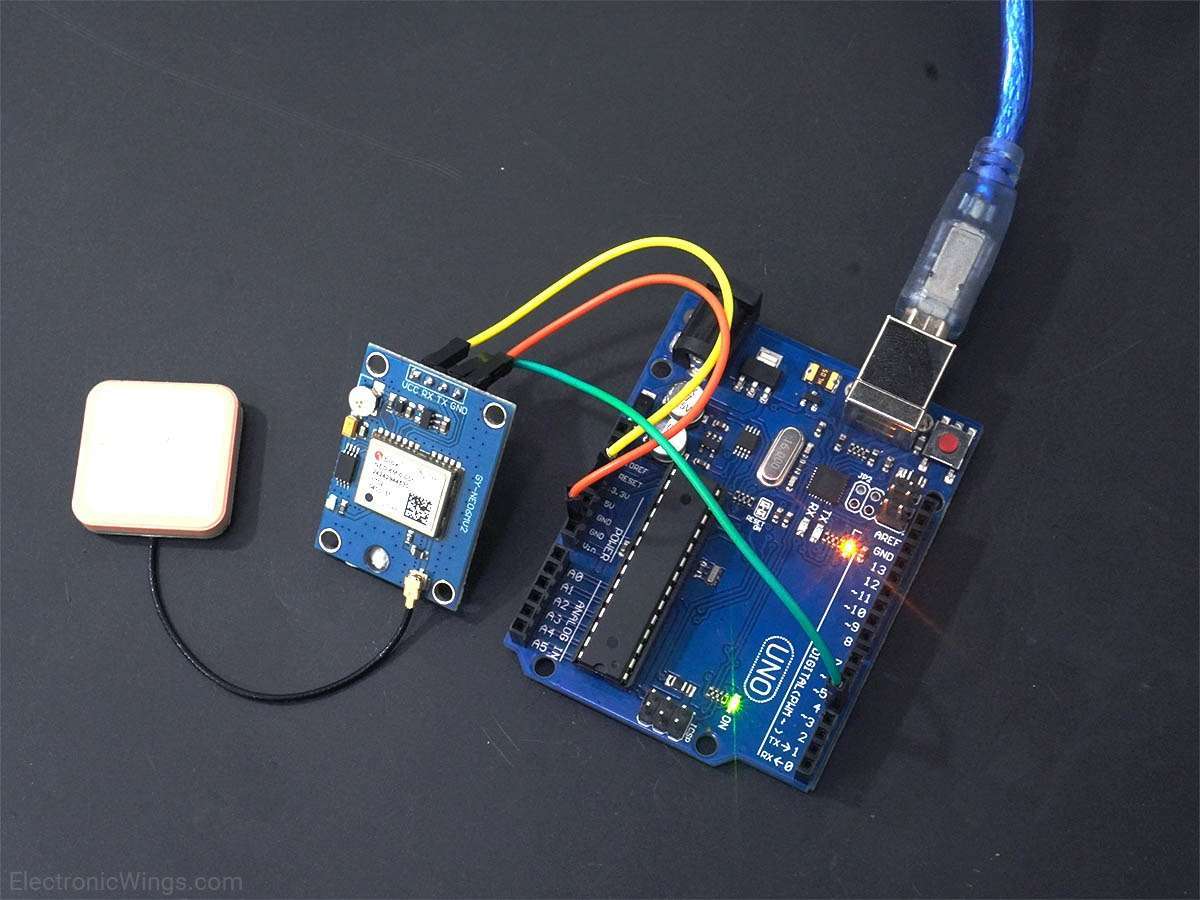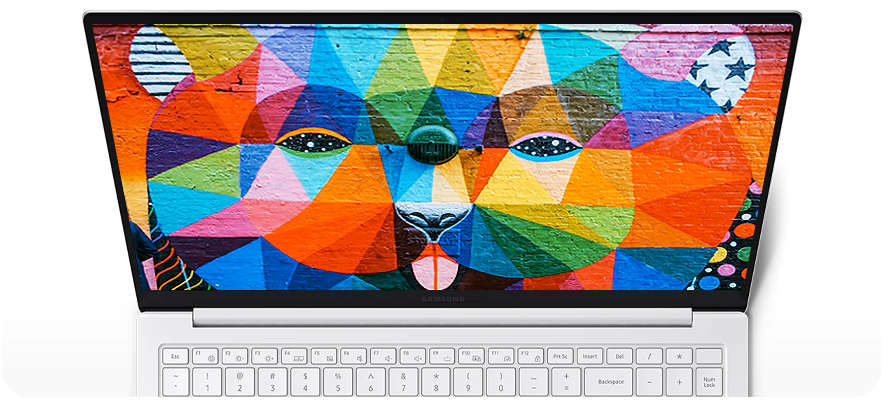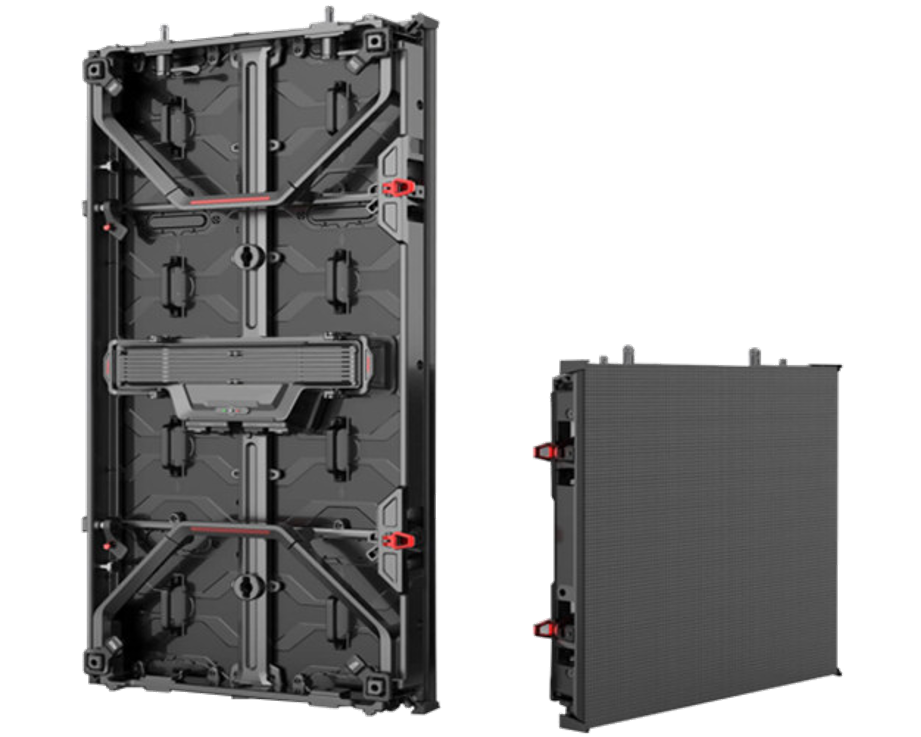
A typical 1.2-inch PMOLED module, when displaying static images, consumes roughly 12-18 mA at 3.3V, equating to 40-60 mW—while standby power plummets to just 0.5-1 μA. Static Power Basics Take a co...

AMOLED display modules generally last 50,000 to 100,000 hours before brightness halves (half-life), equating to ~5-10 years with 5-10 daily hours; yet, high brightness or static images may cause bu...

Micro OLED modules, commonly used in compact AR/VR devices and wearables, generally feature resolutions from 1280×720 pixels in entry-level models to 2048×2048 pixels per eye in high-end variants, ...

Yes, most NexPCB display modules, like their 1.3-inch I2C OLED (model NEX1301), are compatible with Arduino—they use standard I2C/SPI interfaces, with the I2C version featuring a fixed address (0x3...
For Standard XR Display Modules, purchase options include major e-commerce platforms like Amazon, which hosts 200+ verified suppliers with an average 4.7/5 rating, and specialized distributors such...

To maintain a graphic LCD display module, clean its surface monthly with a soft, lint-free cloth dampened in 70% isopropyl alcohol (avoid harsh chemicals) to remove dust/fingerprints without scratc...

For daily use, AMOLED excels in phones/smartwatches—Samsung’s S24 boasts a 6.7” 1-120Hz panel with vibrant colors—while Micro OLED, like in Pico 4 VR, packs 4K per eye (2160×2160) into <1-inch s...

To enhance TFT LCD module brightness, tweak the backlight: raise LED current slightly or upgrade to brighter LEDs (e.g., 200nit panels to 300nit), adjust polarizer alignment to boost light throughp...

To install a PMOLED module correctly, start by wearing anti-static gloves to prevent damage, then clean the PCB surface with 99% isopropyl alcohol on a lint-free cloth to remove dust, ensuring no p...


